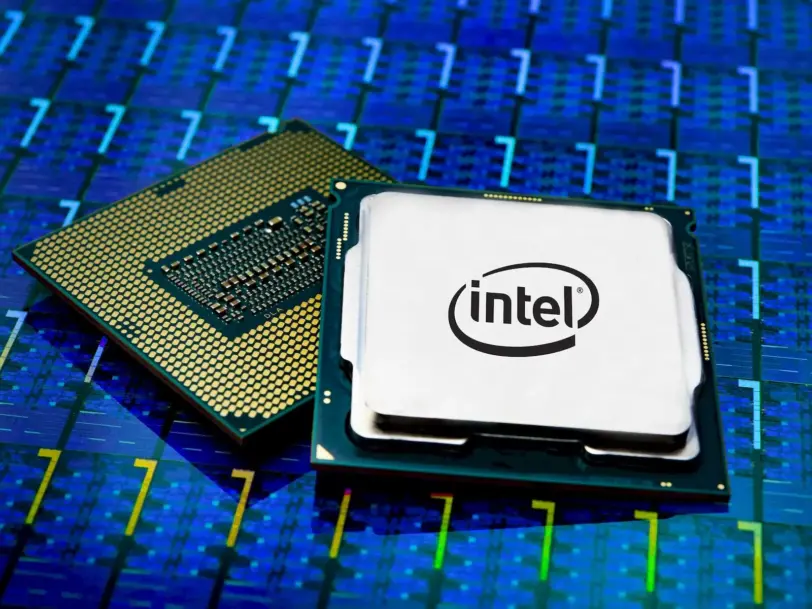What is processor generation?

Faced with the difficulties of choosing a new laptop or desktop computer, we decided to create a guide to help you choose a processor. Whether you are buying a new laptop or choosing a processor to build a desktop computer, you will have detailed information about processor generations with this guide.
Which processor generation is best for a laptop or desktop? Depending on your usage, we explain which generation of Intel Core CPU is good for you. Here we explain how to read the terminology that comes after the word “Intel Core”.
How do I know what generation my Intel Core processor is?
There is a huge variety when it comes to terminologies in processors, I started researching and reading all the necessary information in order to explain to you the way to read processor terminologies in the simplest and most concise way possible.
The truth is that the problem is not “reading them”, the problem is the difficulty of understanding the flow of letters and numbers that exist in each generation. There are 12 generations so far and each has different naming.
Let’s decipher the crypto letters and words necessary to understand the generation of a processor. Take the Intel Core i7 13705H processor for example. i7 tells us that this is a high-end processor.
The next number indicates which generation. In this case 13 705H, the number 13 means it is the thirteenth generation and the next three numbers are the SKU or identifying number; the higher the number, the higher the power.
The same thing happens with the generation, the more updated it is, the better its performance will be.
Some processors (but not all) contain letters at the end of the nomenclature, each with a different meaning, for example H means it is a laptop processor with high-performance graphics.
I bring you a compilation of them all:
- H (for Laptop): High performance graphics.
- K: Unlocked for overclocking. So there is no speed or voltage lock, they are overclockable, allowing you to increase your factory speed.
- HK (for Laptop): High performance graphics without speed lock.
- Q: Quad-core (four physical cores).
- HQ (for Laptop): High performance quad-core graphics.
- T: Optimized for greater energy efficiency.
- U (for Laptop): Ultra low power consumption, no fan required.
- X: Superior performance, the most powerful processor.
- XE: HEDT Extreme Edition with Maximum Performance.
- Y (for Laptop): Very low consumption, therefore less powerful.
- HF: For high-end but without iGPU. That means it does not include a graphics card.